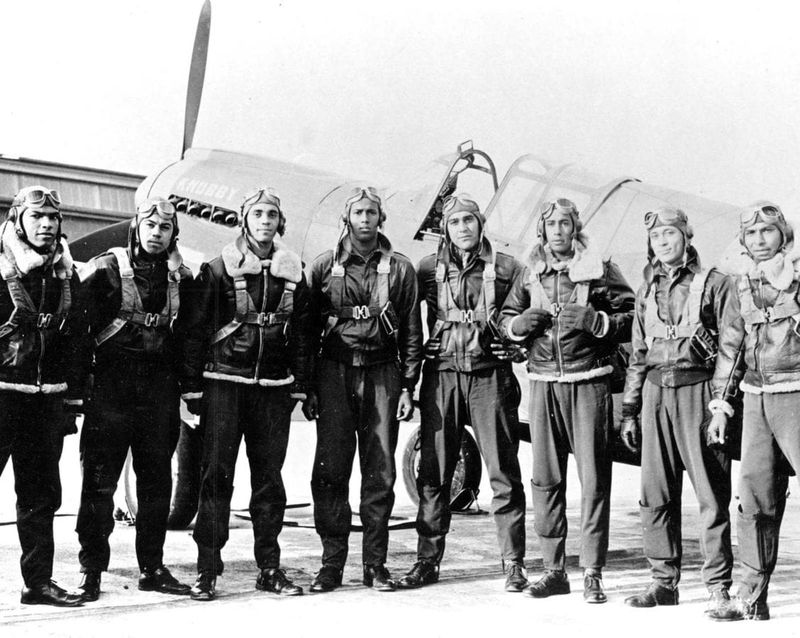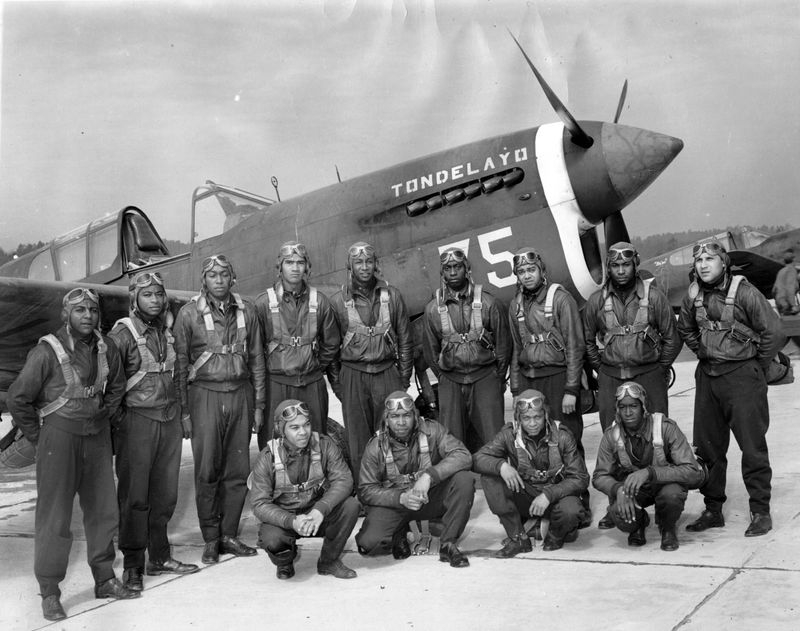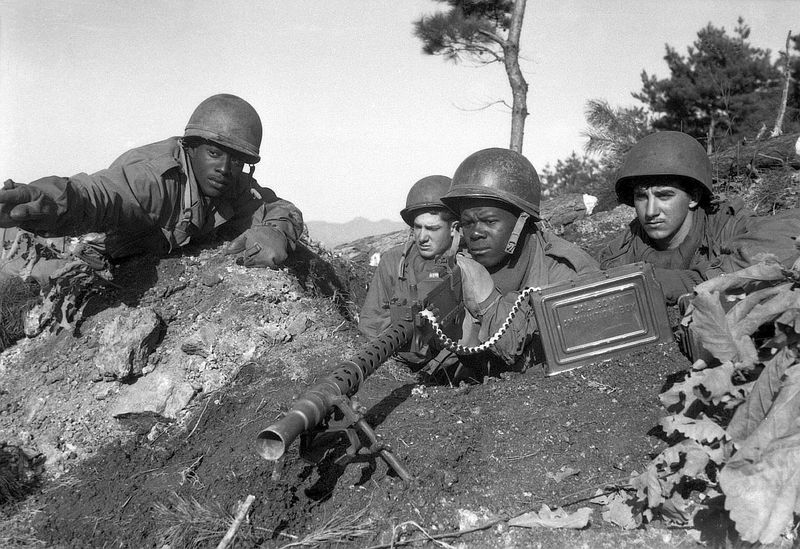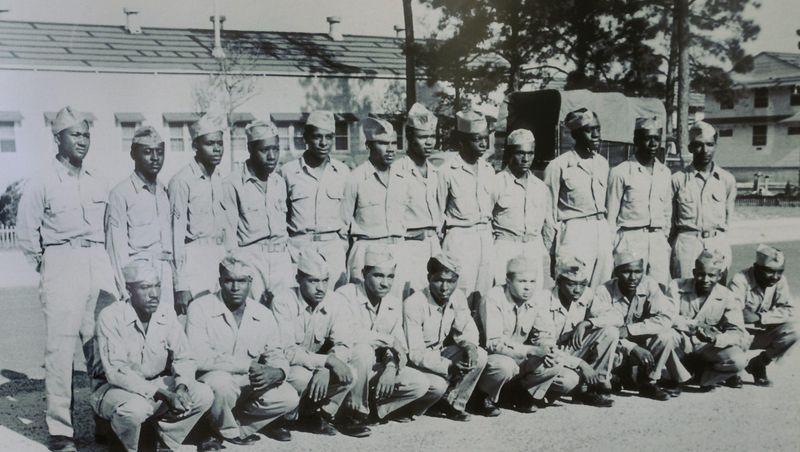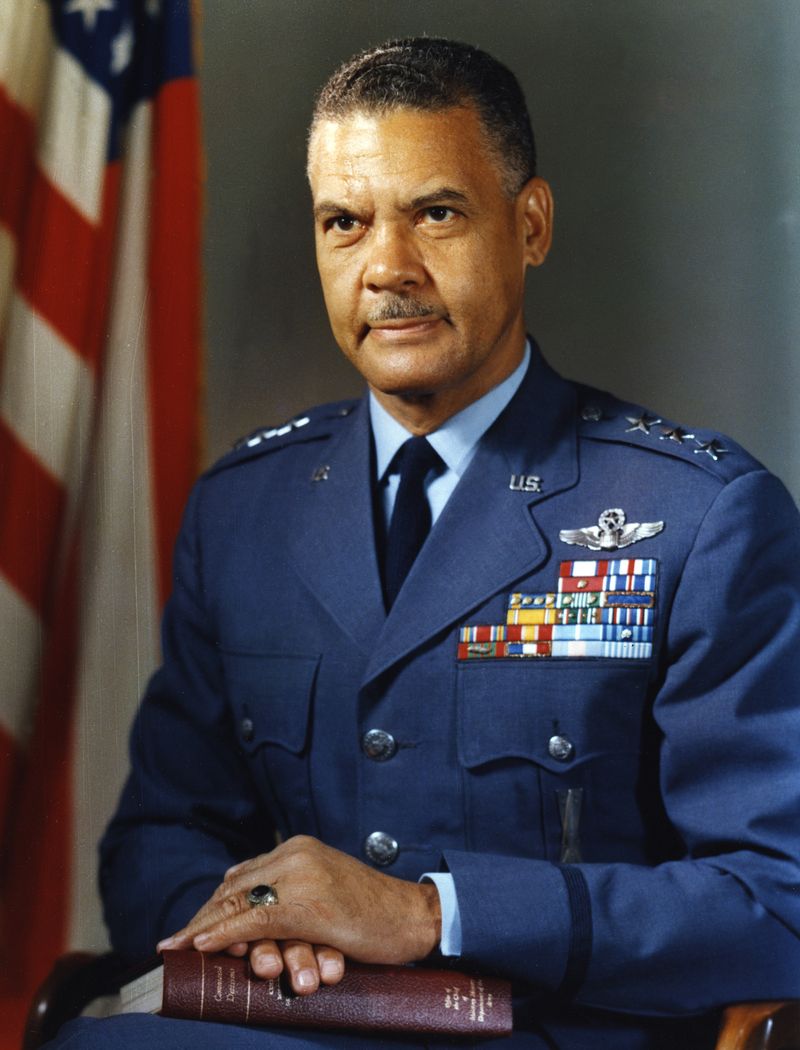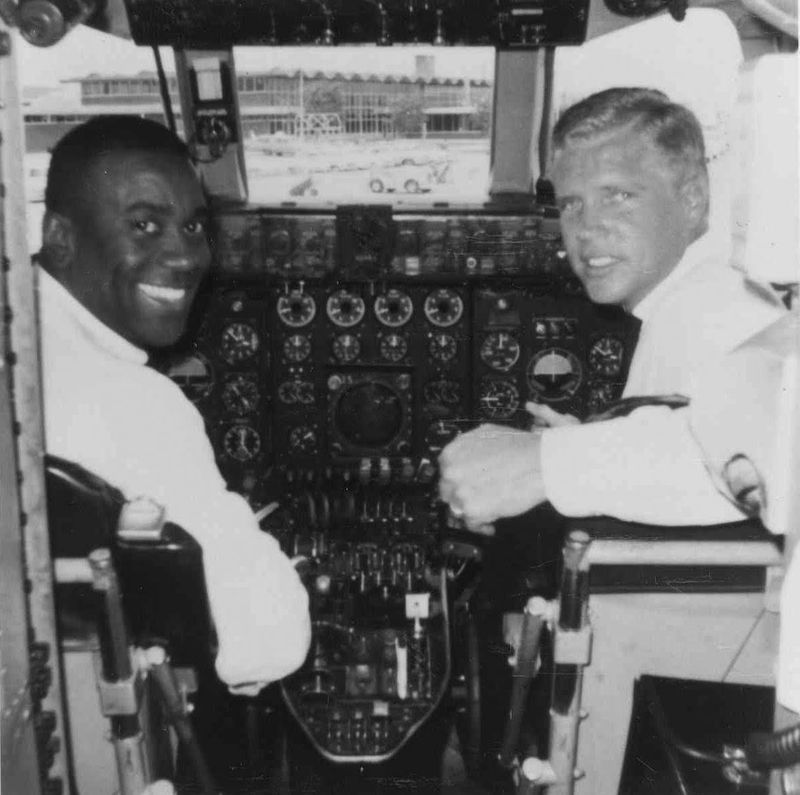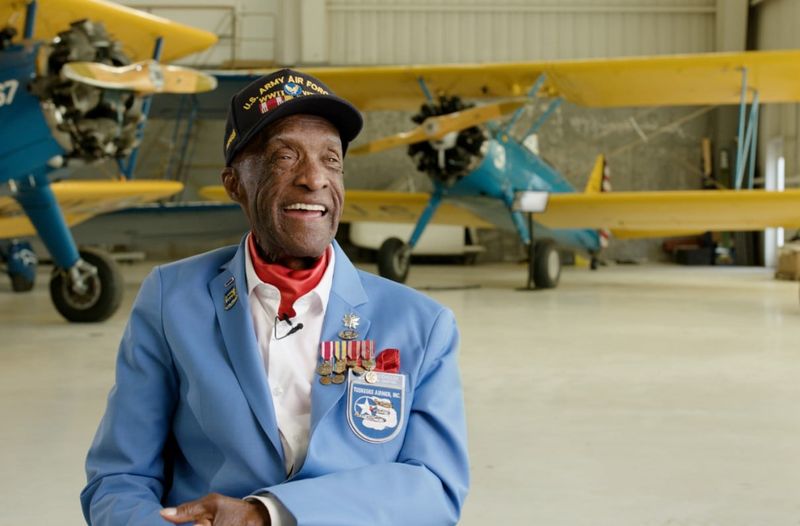The Tuskegee Airmen were America’s first Black military pilots who served during World War II. These brave men shattered racial barriers and proved that courage knows no color. Their impact extends far beyond their impressive combat record, influencing military policy, civil rights, and generations of Americans who followed in their footsteps.
1. Proving Black Pilots Could Excel in Combat
When the Tuskegee program began in 1941, skeptics claimed Black men lacked the intelligence and courage for combat flying. The Airmen responded not with words but with actions.
Flying over 15,000 sorties across Europe and North Africa, they demonstrated exceptional skill in the cockpit. Their performance under fire silenced critics and challenged deeply-held prejudices about Black capabilities.
The 99th Fighter Squadron and later the 332nd Fighter Group became living proof that talent and bravery aren’t determined by skin color, forcing military leadership to acknowledge their contributions despite initial resistance.
2. Earning an Impressive Combat Record
The “Red Tails” earned their nickname from the distinctive crimson paint adorning their aircraft tails—a visual signature that became synonymous with excellence. Their most remarkable achievement stands unmatched in military aviation: never losing a single bomber under their protection to enemy fighters.
Bomber crews specifically requested Red Tail escorts, knowing their lives were in capable hands. This perfect escort record came despite flying some of the war’s most dangerous missions deep into enemy territory.
Their precision, discipline, and unwavering commitment saved countless Allied lives while demonstrating tactical brilliance under the most challenging combat conditions.
3. Destroying Hundreds of Enemy Aircraft
Aerial combat requires split-second decisions, nerves of steel, and exceptional flying skill. The Tuskegee Airmen possessed all three in abundance. Their official tally of 112 enemy aircraft destroyed in air-to-air combat represents remarkable achievement under fire.
Beyond confirmed kills, they damaged or probably destroyed another 150+ enemy planes and demolished hundreds of ground targets. German pilots learned to fear the sight of red-tailed P-51s.
Lieutenant Colonel Lee Archer became the only confirmed Tuskegee ace with five aerial victories. Others like Captain Joseph Elsberry made history by shooting down three enemy aircraft in a single mission, showcasing their combat prowess.
4. Breaking Racial Barriers in the Military
Military segregation reflected America’s deeply entrenched racial divisions. The Tuskegee Airmen’s excellence made this system increasingly difficult to justify, creating momentum for change.
Their success directly influenced President Harry Truman’s historic Executive Order 9981 in 1948, which officially ended racial segregation in the armed forces. This watershed moment represented one of the first major federal actions against institutional racism in American society.
Freeman Field Mutiny in 1945 further highlighted the fight for equality when Tuskegee officers peacefully protested segregated officer clubs, resulting in the Air Force revising its discriminatory policies and demonstrating the power of principled resistance.
5. Inspiring the Civil Rights Movement
The Airmen’s story provided powerful ammunition against segregation’s illogical foundations. How could America justify denying basic rights to citizens who had proven their worth defending democracy abroad?
Civil rights leaders frequently referenced the Tuskegee Airmen as living proof of Black excellence and the injustice of racial discrimination. Their example inspired a generation of activists who questioned why men good enough to die for America weren’t good enough to vote, eat, or live wherever they chose.
Many Airmen themselves became civil rights advocates after the war, using their military credentials and moral authority to push for equality in their communities and workplaces.
6. Training Future Leaders
Military discipline, technical expertise, and leadership experience equipped Tuskegee veterans for remarkable post-war achievements. Daniel “Chappie” James Jr. exemplifies this legacy, rising from Tuskegee instructor to become America’s first Black four-star general.
Coleman Young applied his Tuskegee experience to politics, becoming Detroit’s influential first Black mayor. Benjamin O. Davis Jr., commander of the 332nd Fighter Group, broke barriers as the first Black general in the U.S. Air Force.
Beyond famous examples, hundreds of Airmen became educators, business leaders, and community pillars who mentored younger generations, creating ripple effects of achievement extending far beyond their military service.
7. Earning Numerous Honors and Medals
Military decorations tell a story of exceptional service and sacrifice. The Airmen’s collective medal count—including 96 Distinguished Flying Crosses, 744 Air Medals, 14 Bronze Stars, and a Silver Star—speaks volumes about their extraordinary contributions under fire.
Three Distinguished Unit Citations recognized the entire group’s outstanding performance in combat. These weren’t token acknowledgments but hard-earned recognition of genuine battlefield excellence.
Recognition continued decades later when President George W. Bush awarded the Congressional Gold Medal to the Tuskegee Airmen in 2007, America’s highest civilian honor acknowledging their groundbreaking service and enduring impact on American history.
8. Paving the Way for Integration in Aviation
Commercial aviation remained virtually all-white until Tuskegee veterans challenged the status quo. Marlon Green, a former Air Force captain, won a landmark Supreme Court case against Continental Airlines in 1963, opening cockpit doors for Black pilots throughout the industry.
Robert Ashby and other Airmen became pioneers at major airlines like Frontier and United. Their technical skills and determination created pathways in NASA and aerospace engineering for future generations.
Organizations founded by Tuskegee veterans, like Negro Airmen International, provided mentorship and training to aspiring Black aviators, ensuring their breakthrough wasn’t just symbolic but created lasting change throughout civilian aviation.
9. Establishing a Legacy of Excellence in STEM
Becoming a Tuskegee Airman required mastering complex technical subjects—aerodynamics, navigation, meteorology, and mechanical engineering. Their success highlighted Black excellence in what we now call STEM fields decades before the term existed.
Tuskegee Institute (now University) leveraged this heritage to develop premier programs in science and engineering. Many Airmen became educators who emphasized technical education as a path to advancement.
Organizations like the Tuskegee Airmen Scholarship Foundation continue this tradition by supporting minority students pursuing aviation and STEM careers, having awarded over $2.7 million in scholarships to help create the next generation of Black scientists, engineers, and pilots.
10. Serving as Role Models for Future Generations
“Because of the Tuskegee Airmen, I knew I could fly.” These words from Mae Jemison, the first Black female astronaut, capture how the Airmen’s legacy transcends aviation and military service.
General Colin Powell often credited the Airmen for making his own barrier-breaking career possible. Their story appears in school curricula nationwide, teaching children about courage, excellence, and perseverance against overwhelming odds.
Museums, monuments, and educational programs dedicated to the Airmen ensure their example continues inspiring young people. The 2012 film “Red Tails” introduced their story to new generations, demonstrating how their influence continues growing even as the original Airmen pass into history.

